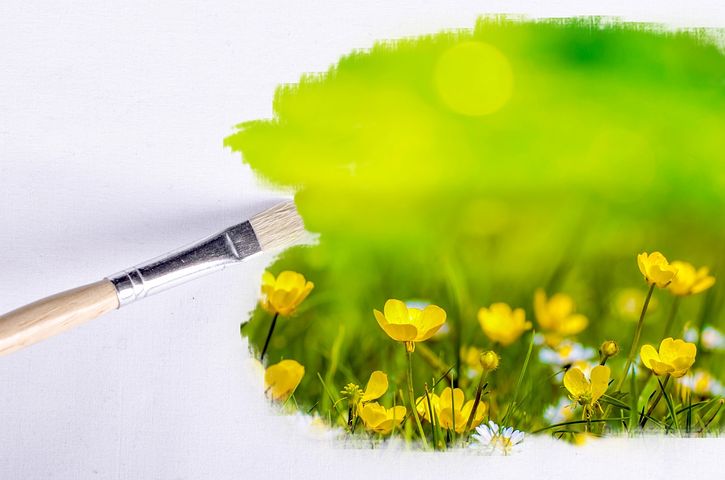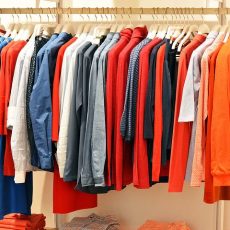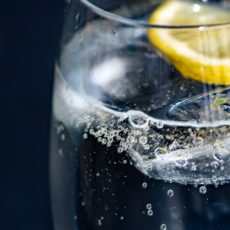
You’ve probably noticed the sudden abundance of products which are eco-friendly, environmentally friendly, green, biodegradable, sustainable, natural, sourced sustainably, recycled, recyclable, compostable, and so on and so forth. There’s an exhausting list of terms which could be used in an effort to get you to think the company or their product is doing no harm to you or the planet. As sustainability and environmental responsibility have become hot topics, and dare I say buzz words, everyone wants in on the action. Even if they’ve got no. place. being there. And of course it’s not just words which are being used to disarm us. It’s pictures. Gorgeous scenes of blue skies and clear water and white sand and tropical forests and abundant wildlife and….you get the, ah, picture.
Greenwashing is how we describe the marketing of companies trying to convey their efforts as being environmentally responsible, sustainable or at the very least, not damaging to the planet. It speaks to the consumer perception they desire, rather than the actual particularities of their day to day operation. It is misleading at best, downright lying at worst. All with the intention of increasing the companies’ bottom line. Apart from the well placed frustration we should feel about these deceitful actions, the real disappointment is two-fold: 1. when companies use these words and phrases – rightfully – we’re less likely to believe them…even when it’s not lies; and 2. there are instances where companies may genuinely believe what they’re saying. They’re potentially being hoodwinked by their suppliers. An example of this in recent times is the controversy over wood for certain IKEA chairs. Trees have reportedly been felled in Ukrainian forests during the ‘silent period’ (when no logging should take place to allow wildlife to nest and reproduce – unless it’s ‘sanitary felling’, which is to rid timber of pests). So there has been illegal logging occurring during these silent periods, and some of this wood has been going to companies who supply to IKEA. The Swedish furniture giant hold strong on their sustainability goals, which have always been fairly forward thinking. But, understandably, this has left people searching for flat-pack alternatives. Is it fair, in this case, that a breach in standards along the supply chain beyond IKEA’s visibility is taking the chair out from under them at the store front? Is this IKEA doing some greenwashing? For what it’s worth, I think not. But I do think it’s proof that anyone and everyone needs to be more vigilant about where their goods come from.
There are different ways that a company can greenwash their product or themselves. We’ll look at each and provide some examples you’ve probably seen, and maybe even been trapped by – like I once was. The marketing by massive corporations is done by very smart people with enormous budgets, so there’s no shame in having fallen for greenwashing. But we’re here to help make sure it doesn’t happen again! (Although….is greenwashing always bad? I offer an alternate perspective later. Please read on…)
Trade Offs: This is where the company might exaggerate some small good thing they’re doing to hide everything else they do which is bad. For example, if a company are using ingredients sourced sustainably…but they package in virgin plastic and rely 100% on fossil fuels to power their energy inefficient manufacturing plant. Or office technology like printers which are energy efficient but require harmful chemicals and unsustainable cartridges to operate.
Unfounded claims: When a company slaps some buzz words on like ‘eco’ and hopes no-one asks exactly how they’re ‘eco’, or what that even means. Or if a company doesn’t prove claims with third party certifications, for example if they state they source sustainable wood products, but aren’t certified by the Forest Stewardship Council (FSC). I’ve used this example of a certification organization quite on purpose – this is the group who have certified IKEA’s dodgy wood, mentioned above. So certifications are not without problems, but we’ll get to that down further. Read on, friends.
Smoke and Mirrors: ah, that old chestnut. Distracting us away from the true environmental nastiness of their product by exaggerating some small environmentally good thing they’re doing. An example of this would be literally any plastic product being recycled an/or recyclable. The issue with this being the extremely small percentage of plastic physically able to be recycled (predominantly numbers 1 and 2); combined with the small number of times these could be recycled (the polymers lose integrity every time); and of course then combined with the very very small percentage of people who dispose of the plastic into the correct recycling receptacle – all assuming the appropriate facilities are available to use.
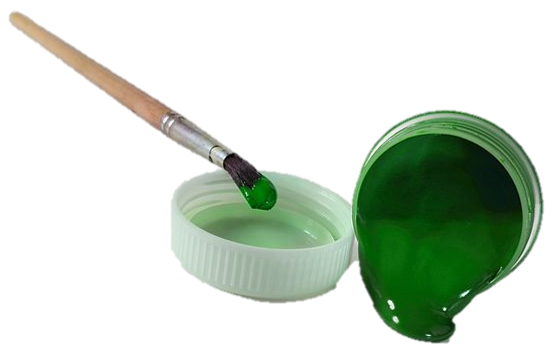
False certification: The company uses a buzz word with an authority word, and the resulting combination eludes to them having appropriate credibility on the matter. Examples are vegan approved; eco-certified, when in fact there are no third party certifications to support that vegans would approve of it. Another example would be the use of the word organic within the name of the brand or product…it has no reference to the item being organic in nature, but using the word implies such.
Vagueness: Using broad terms which leave the consumer to draw certain conclusions, probably incorrectly. Something citing that it contains ‘recycled content’ sounds nice, but if it doesn’t quantify how much could literally be 0.1%. An ‘all natural’ product could in complete honesty contain naturally occurring arsenic or mercury or formaldehyde. Bamboo coffee cups is a great example of this – you assume you’ve made a great choice to buy a reusable coffee cup made of bamboo….but it’s potentially leaking formaldehyde into your beverage. We covered this in detail here.
Irrelevance: This is where the statement being made may be true but has nothing to do with environmental stewardship or relates to the company but not to that specific product you’re looking at. Or indeed it could be a statement which applies to every product. Examples would be where companies profess to have CFC-free ingredients (this chemical was phased out many years back under the Montreal Protocol to protect the Ozone Layer – we discuss that here); or that your disposable coffee cup is compostable – indeed it might be, if you could get it to a very specific industrial composting facility…it ain’t going to break down in your garden or at your local council green waste facility!
Out and out LIES: Needs no further explanation. A great example from some years ago was the infamous so-called ‘Dieselgate‘, where Volkswagen installed ‘defeat devices’ in a total of 11 million diesel engine VW, Audi and Porsche vehicles to cheat the air pollution regulations. This meant that the vehicles were actually producing far higher emissions (up to 40 times the legal US limit!) than were being recorded. Another great example is the introduction of the plastic coding system – those little numbers were intentionally placed within a triangle which looks very much like the recycling symbol…but it isn’t the recycling symbol. The majority of plastics cannot and do not get recycled. Here’s an extremely recent and enlightening video on the subject from Climate Town. Pay close attention at 5:21 to a mind blowing recorded quote from the President of the Society of the Plastics Industry, Larry Thomas. I’m not going to spoil it for y…..ya know what, I can’t help it, it’s just too good. He said, and I quote: “If the public thinks recycling is working, then they’re not going to be as concerned about the environment” End quote. Yeah. Mind blown, right? If you’re like me, you need a moment to actually digest that. If reading is more your style, check out this report instead. It’s right up there with BP spending millions of dollars more on marketing for their renewable energy projects than on. the. actual projects.
It’s almost too much to take. But don’t despair! Because you’re here, and probably elsewhere, learning about all this, learning how to help make it all stop! Yay!
So what can you do about all this greenwashing, to avoid it, or stop it? Research is a good place to start. Don’t take a product at face value. Read the label, not just the package. And if there’s some dubious sounding ingredients or chemical sounding names despite their all natural claims, be suspicious and dig deeper. Go to their website and see what they can provide to substantiate their rosy statements. If you do see some greenwashing, albeit very tempting to make a TikTok or call them out in some other fun, hilarious way, it’s actually not necessarily best to do so. It might produce a defensive response, where instead if you approach them directly with the cold hard facts of what you’ve discovered about them, they are perhaps going to address it (especially if they receive very many nicely worded, firm but polite letters).
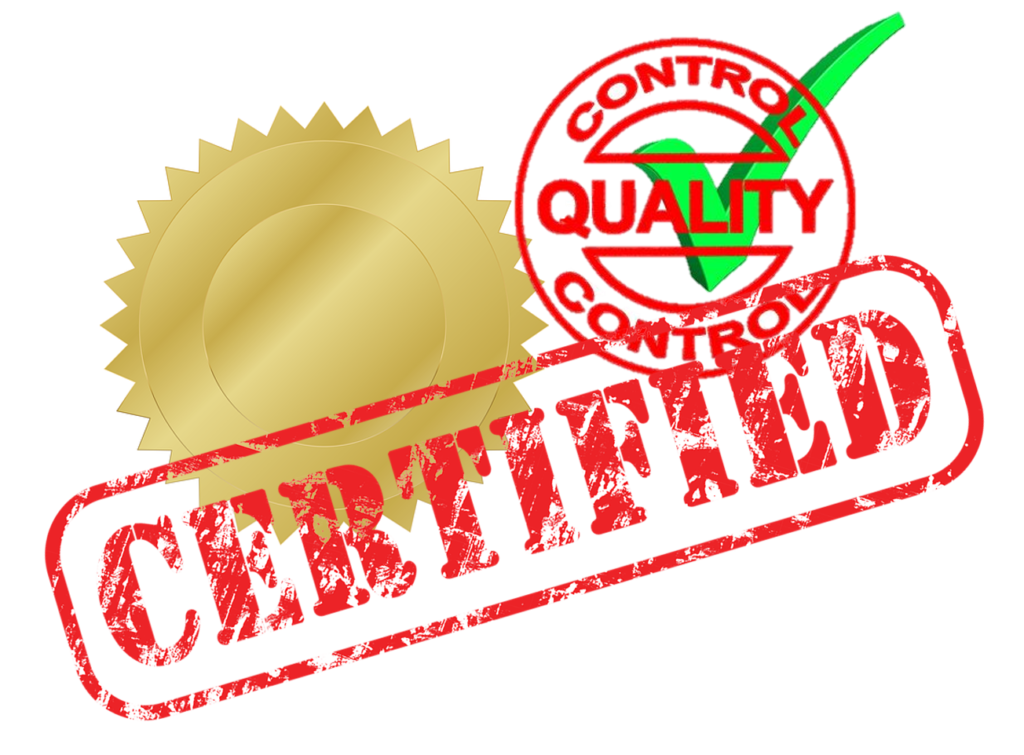
Up yonder I mentioned certifications. And in fact we did a piece on just a few of the certifications to look out for so you can make sure you’re buying products with these stamps. And I stand by this 100%. But let me up front with you – you don’t have to scratch the surface much to find reports where some of these certifying organizations are being dragged through the mud. Yep, I’m going to mention the FSC (Forest Stewardship Council) again. They have certainly copped some flack over the IKEA timber supply issue. And it doesn’t end there. Rainforest Alliance, with their cute little green tree frog don’t avoid controversy either. With that being said – we are humans, operating in a human society. That therefore entails imperfection. It means ways to improve can always be found – because we, and the systems we produce, are not perfect. So that’s good news really, right? We can learn and as we learn we make things better! And these organizations are doing us a great service in the meantime.
While not offering a perfect solution, they offer something far better than nothing. So please look for these real authentic certifications when you’re at the store. This list covers clothing, electronics, white goods, paper and paper products, wood and wood products, personal care and of course food:
Fairtrade – supports businesses and governments while connecting farmers and workers with the people who buy their products, and are a leader in the global movement to make trade fair
Green Seal – a global non-profit, accelerating the market adoption of safer and more sustainable products and services
OEKO-TEX – consists of 18 independent research and test institutes in the field of textile and leather ecology in Europe and Japan with contact offices in more than 60 countries. They administer 4 standards, including Made in Green (which must meet two other standards also!), which means the item has been produced in environmentally friendly sites with safe and socially responsible working conditions, is free from harmful substances and has a traceable supply chain.
Forest Stewardship Council – the original pioneers of forest certification, we have 25 years of experience in sustainable forest management, to promote the responsible management of the world’s forests.
Rainforest Alliance – an international non-profit organization working at the intersection of business, agriculture, and forests to promote responsible business operation. Their seal means the product )or ingredient) was produced by farmers/foresters/companies working together to ensure people and nature thrive together.
Global Organic Textile Standard – they define world-wide recognized requirements for organic textiles, from the harvesting of the raw materials, to environmentally and socially responsible manufacturing, and labelling.
Energy Star – making it easy for consumers and businesses to purchase products that save them money and protect the environment.
Green-e – the trusted global leader in clean energy certification, so businesses and individuals can purchase verified clean energy. They advocate for clean energy policies, markets and technology.
EPEAT (from Green Electronics Council) – the definitive global registry for sustainable electronics. It’s an easy-to-use resource for purchasers, manufacturers, re-sellers and others wanting to find or promote environmentally preferable products
ECOLOGO (from Underwaters Laboratories, UL) – products, services and packaging are certified for reduced environmental impact, which indicate a product has undergone rigorous scientific testing, exhaustive auditing or both, to prove its compliance with stringent, third-party, environmental performance standards
Marine Stewardship Council (MSC) – an international non-profit organization who use an ecolabel and fishery certification program to contribute to the health of the world’s oceans by recognizing and rewarding sustainable fishing practices, influencing consumer choices and working to transform the seafood market to a sustainable basis
1% for the Planet – bringing dollars and doers together to accelerate smart environmental giving – individual members pledge 1% of their annual salary or business members pledge 1% of their gross sales to support environmental solutions in relation to climate, land, water, pollution, wildlife, or food.
World Fair Trade Organization – a global community of social enterprises that fully practice Fair Trade, meaning the member companies pioneer models of business that put people and planet first
Salmon-Safe – a peer-reviewed certification and accreditation program, leading the movement to implement farming practices and developments that protect water quality, maintain watershed health and restore habitat. There’s more than 95,000 acres of farm and urban lands certified in Oregon, Washington, California and British Columbia.
Cruelty Free International (Leaping Bunny) – the international gold standard for cruelty free consumer products, dedicated to ending animal testing of products.
Green Good Housekeeping – the Good Housekeeping Institute (GHI) was developed to help consumers make more environmentally responsible decisions. To receive the Seal, the GHI engineers and scientists review and verify a wide range of data related to the product’s measurable environmental impact. Reduction of water and energy use in manufacturing and product usage, ingredient and product safety, reduction in packaging, and the brand’s corporate social responsibility are all taken into account during the review process.
Cradle to Cradle Products Innovation Institute – sets the global standard for products that are safe, circular and made responsibly. Certification is provided when products are assessed for environmental and social performance across five critical sustainability categories: material health, material reuse, renewable energy and carbon management, water stewardship, and social fairness. A product is then assigned an achievement level (Basic, Bronze, Silver, Gold, Platinum) for each category.
USDA Organic – a label which can be applied to a product if it meets certain criteria, regulated by the National Organic Program (part of the United States Department of Agriculture, USDA), who develops the rules for the production, handling, labeling and enforcement of all USDA organic products. There are three labeling categories for organic products.
WaterSense – an arm of the EPA who provide education and advice, as well as products, on how to save water (and therefore money and energy too) in your home, yard and business.
LEED – buildings with LEED certification are using less energy and water, avoiding waste, saving on maintenance costs, improving indoor air quality, offering comfort to their occupants, and creating less environmental burden on their community.
Roundtable for Sustainable Palm Oil (RSPO) – a not-for-profit that unites stakeholders from the 7 sectors of the palm oil industry, to develop and implement global standards for sustainable palm oil.
Another great label to look for is B Corp. This means that the company is built on fundamentals which place equal importance on purpose and profit: using business as a force and genuinely caring for employees, their community, the environment, customers and their suppliers.
When you look for these such logos and seals and stamps you’re starting out strong in stocking your home with genuinely planet friendly goods. And the fact that these third party certification organizations exist is really on the back of greenwashing ever happening. So in a crazy roundabout kind of way, greenwashing…has been…good?? Okay, hear me out: the fact that companies have ever felt the need to slant their marketing toward being environmentally responsible means that they’ve felt consumer demand for such products growing. And this is most certainly good! While more and more people are talking about sustainability and circularity and being environmentally aware, we know that more companies will act on this. And, if having had exposure to a company’s marketing, despite it perhaps being less than 100% honest, has made someone think a little more about the planet, that’s a win in my book! So keep talking about this stuff – all the time – and keep ensuring pressure is applied by shopping smarter, with the planet top of mind. The more that people buy these certified goods, the more companies want to jump on the band wagon. And we’d like for that band wagon to be crammed full, please!
